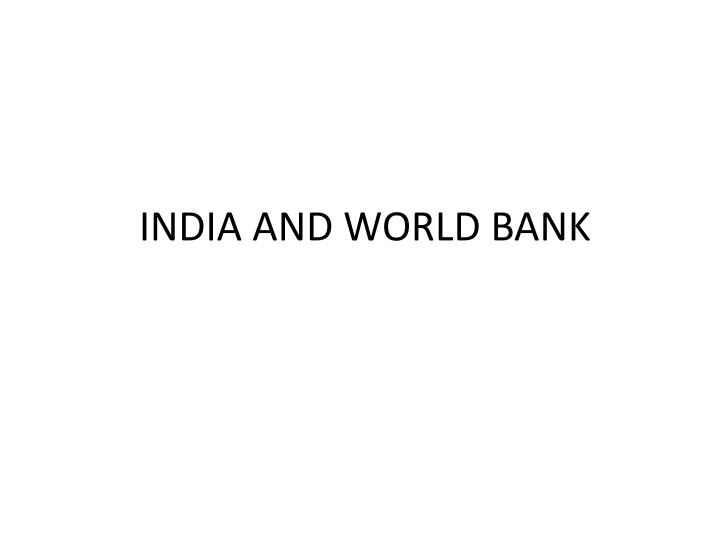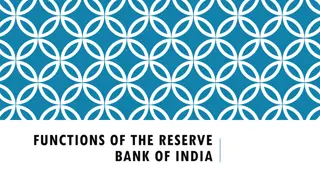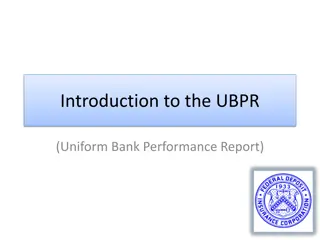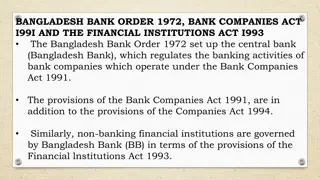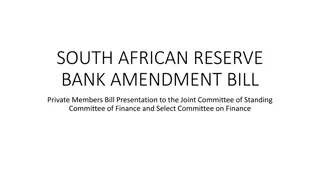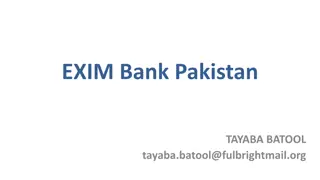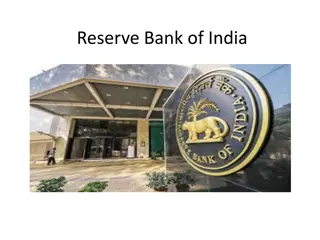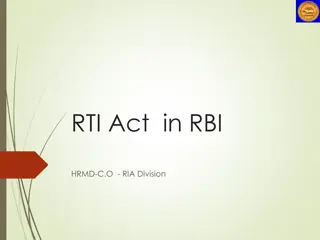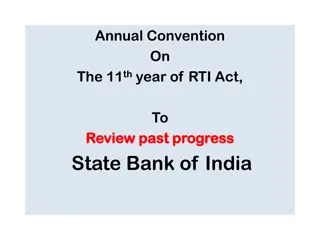India and World Bank: A Historical Perspective
India's rich history with the World Bank, from its early involvement in the Bretton Woods Conference to receiving significant financial assistance for economic development projects. Explore the evolution of India's borrowing relationship and the impact of World Bank loans on key sectors like infrastructure and industry.
Download Presentation

Please find below an Image/Link to download the presentation.
The content on the website is provided AS IS for your information and personal use only. It may not be sold, licensed, or shared on other websites without obtaining consent from the author.If you encounter any issues during the download, it is possible that the publisher has removed the file from their server.
You are allowed to download the files provided on this website for personal or commercial use, subject to the condition that they are used lawfully. All files are the property of their respective owners.
The content on the website is provided AS IS for your information and personal use only. It may not be sold, licensed, or shared on other websites without obtaining consent from the author.
E N D
Presentation Transcript
Introduction India s involvement with the World Bank dates back to its earlier days . India was one of the 17 countries which met in Atlantic City , USA in June 1944 to prepare the agenda for the Bretton Woods Conference , and one of the 44 countries which signed the final Agreement that established the Bank . In fact the name International Bank for Reconstruction and Development ( IBRD ) Was first suggested by India to the drafting Committee
The World Bank was established in 1946 as twin institution with the IMF( International Monetary Fund ) as a result of the Bretton Woods Conference . It assists reconstruction and development of the needy countries through long and Medium term loans . It pays special attention to the development of under- developed countries . The World Bank advances loans to the developing countries subject to the following conditions . 1. The overall economy of the borrowing country is soundly operated 2. If the overall economic plans would reinforce the basic soundness of economy and 3. The Projects which the bank is asked to finance have been carefully prepared and are economically and financially justified .
The World Bank has given a large financial assistance to India for economic development . Special mention may be made of the assistance World Bank has given to India in the development of Infrastructure such as Electric Power , Transport , Communication, Irrigation Projects , Steel Industry For a long period , India was the largest borrower from the World Bank . At present India is the third largest borrower of funds from the World Bank . Till June , 1999 India got , 172 Loans amounting to 26 Billion US Dollars from World Bank .
The Bank lending to India started in 1949 , when the first loan of $ 34 Million was approved for the Indian Railways . The first decade of the Bank s lending to India ( 1949- 1959 ) saw just about 20 loans for a total amount of $ 611 Million . During the years 1960- 69 , overall lending to India from the Bank rose to $ 1.8 Billion .
